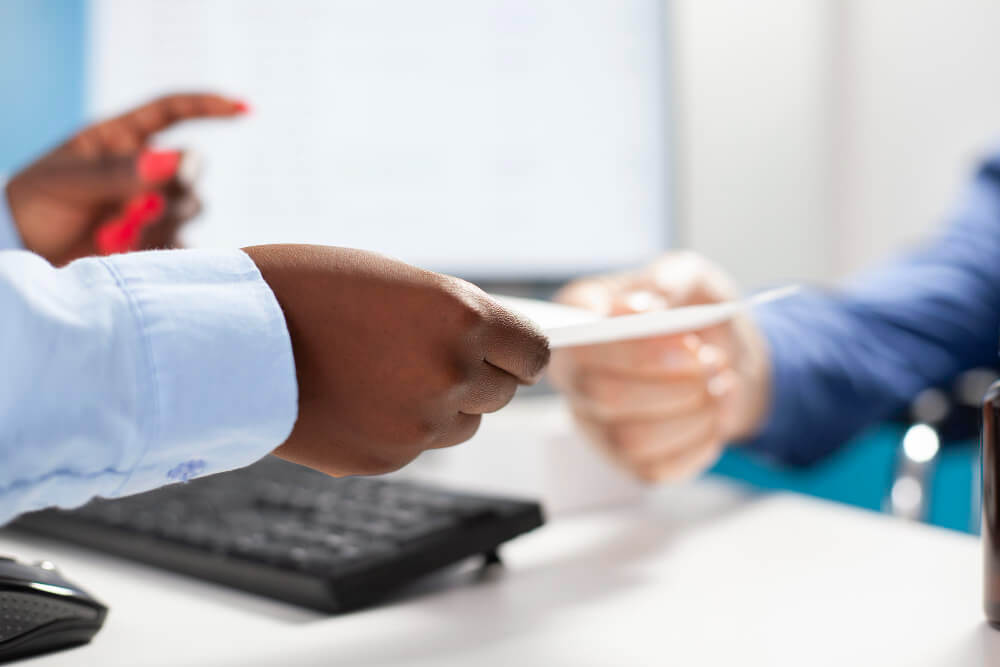
Table of Contents
ToggleSteps to Claim Your Escrow Balance Refund
Understanding how to manage an escrow account is important for homeowners. This type of financial arrangement involves a third party who holds funds until specific conditions are fulfilled, such as the payment of property taxes and insurance. But what happens if you have too much money in your escrow account? There are several reasons why this surplus can occur, such as overestimating costs. In these situations, you may be eligible for an escrow balance refund. Here’s a detailed guide on how to easily recover your funds.
Understanding Escrow Accounts
Before we get into the steps for an escrow balance refund, let’s take a moment to discuss the purpose of an escrow account. Typically, when you secure a mortgage, your lender will ask for an escrow account to make sure that property taxes and insurance premiums are paid promptly. As part of your monthly mortgage payment, you contribute towards these expenses. The funds are held by the lender in an escrow account and are disbursed promptly when they are due.
What is an Escrow Balance Refund?
An escrow balance refund occurs when there is an excess amount in your escrow account after your lender pays your property taxes and insurance premiums. This excess can occur due to overestimations or reductions in insurance premiums or property taxes. Under the Real Estate Settlement Procedures Act (RESPA), your lender is required to refund any surplus in your escrow account within 30 days after the escrow analysis, as long as it is $50 or more.
Steps to Recover Your Escrow Balance Refund
1. Review Your Annual Escrow Statement
Each year, your lender will provide you with a statement analyzing your escrow. This document provides an overview of the funds collected and disbursed from your escrow account, indicating whether there is a shortage, surplus, or if the account is balanced. Please take a moment to carefully review this statement in order to better understand your escrow balance and identify any excess funds, if applicable.
2. Contact Your Lender
If your escrow statement indicates a surplus, the next course of action would be to get in touch with your lender. It is generally a good idea to double-check with your lender to ensure that your escrow balance refund is being processed and to get an idea of when you can expect to receive it. The lender’s contact information is typically available on your mortgage statement or their website.
3. Provide Necessary Documentation
Additional documentation may be requested by the lender to process the refund in certain situations. This could involve providing evidence of insurance premiums or property tax bills. Please make sure to submit all the required documents promptly to avoid any potential delays in receiving your refund.
4. Understand the Refund Process
Familiarize yourself with your lender’s refund process. Normally, if the surplus exceeds $50, the lender will send a refund check within 30 days. If the amount is less than $50, the lender has the option to apply the surplus to your next year’s escrow payments, unless you specifically ask for a refund.
5. Monitor Your Account
It’s important to monitor your escrow account and mortgage statements to make sure the refund is handled accurately. If you haven’t received your refund within the expected timeframe, it would be a good idea to reach out to your lender and inquire about the status of your refund.
6. Adjust Future Payments
Once you’ve received your refund, it may be a good idea to adjust to your monthly escrow payments. This will help you avoid any potential surpluses in the future. It is important to have a conversation with your lender or mortgage servicer to make sure that your payments are correctly accounting for your insurance premiums and property taxes. This adjustment ensures that your escrow account remains balanced, which helps prevent any potential surplus or shortage in the future.
Frequently Asked Questions
How Long Does It Take to Receive an Escrow Balance Refund?
As per RESPA guidelines, lenders are required to reimburse any excess amounts of $50 or more within 30 days of the escrow analysis. The timeframe for completion may vary depending on the lender.
Can I Request an Escrow Balance Refund If the Surplus is Less Than $50?
It is possible to request a refund for surplus amounts that are less than $50. However, it is important to note that lenders are not required to refund these smaller amounts. Typically, if the amounts are not refunded, they are usually carried over to the following year’s escrow payments.
What Should I Do If I Haven’t Received My Refund?
If you haven’t received your escrow balance refund within the expected timeframe, it would be a good idea to contact your lender and ask about the status of the refund. Please make sure that you have submitted all the necessary documentation and that there are no problems causing any delays in processing your refund.
Getting your escrow balance refund is a simple process if you follow these steps. Make it a habit to regularly check your escrow account and keep in touch with your lender so that any extra funds are promptly returned to you. Understanding how your escrow account works and closely monitoring your statements will help you effectively manage your funds and prevent any potential discrepancies in the future. Make sure to keep this guide easily accessible for future reference when you need to recover your escrow balance refund.
For a deeper understanding of how strategic financial management can drive success, you can watch this YouTube video, which explores the importance of making informed decisions to grow your business in 2025 and beyond.
Key Takeaways
- Regularly review your annual escrow statement and promptly contact your lender if you notice a surplus. This proactive approach ensures you understand your escrow balance refund and can address any discrepancies quickly.
- According to RESPA guidelines, lenders must refund escrow surpluses of $50 or more within 30 days of the escrow analysis. Stay informed about the refund process and follow up with your lender if you haven’t received your escrow balance refund within the expected timeframe.
- After receiving your escrow balance refund, consider adjusting your monthly escrow payments to prevent future surpluses. Discuss with your lender to ensure that your payments accurately reflect your insurance premiums and property taxes, helping to maintain a balanced escrow account.
Share this article in :
